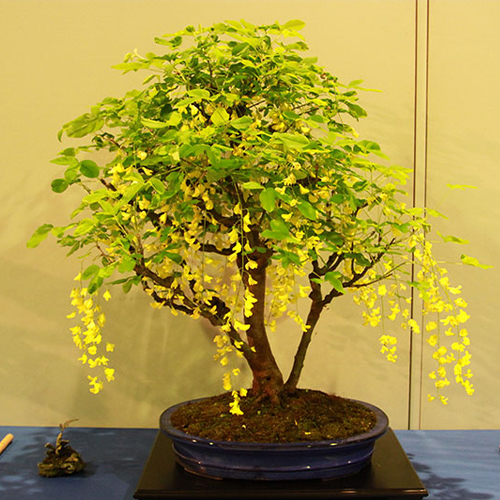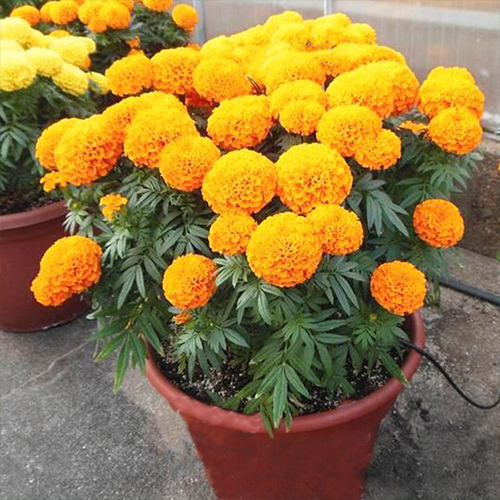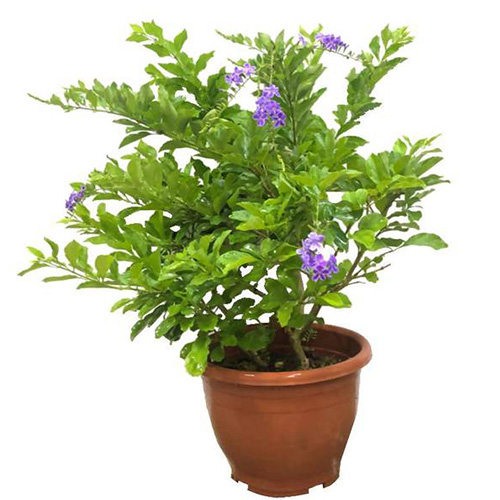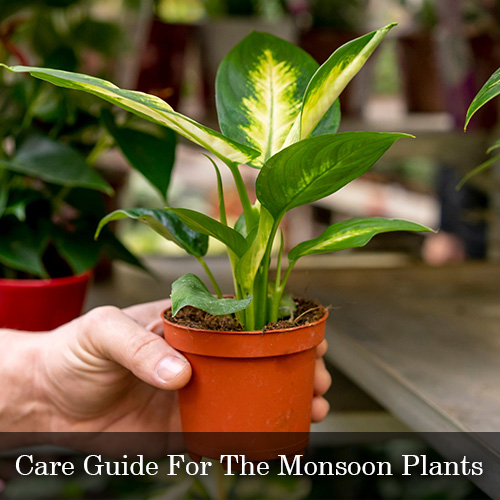When savored with family and friends amid a beautiful green and blooming garden, a hot cup of chai and a platter full of desi pakoras may create treasured memories. The loud crackle and thundering boom of lightning, along with sprinkling downpours, offers a soothing impact to your head and heart after getting tanned on the warmest of days. Here are the best monsoon plant ideas that would help your garden look more adorable.
Gulmohar
Gulmohar is an attractive shrub with vivid red and orange blooms that bloom during the monsoon season. These monsoon plants for home are admired for their beauty. During the maturation phase, it produces large umbrella-shaped crowns. It may reach a maximum height of 30-40 feet. The plant is ideal for providing color and lush growth to your landscape.

Cassia Fistula
During the rainy season, this is one of the most frequent but beautiful trees to plant. During the monsoon, these golden blooms are arranged in bunches against the foliage, giving them a beautiful appearance. These plants may also be used to fill up any gaps in your landscape. The leaves of this tree may be eaten as a vegetable, and the seeds can be utilized as a good source of protein for cattle, in addition to giving beauty to your yard. Monsoon Cassia just needs enough sunlight and air to thrive.

Plumeria
Plumeria is the most colorful and visually appealing best monsoon plants that comes in a range of colors. They look like beautiful bushes that bloom in direct sunshine. They thrive in well-drained soil and just require occasional trimming. These plants are sand and wind-resistant, although they may suffer in cold weather.

Marigold
Marigold is a low-maintenance plant that adds a splash of color to your garden while also attracting bees, butterflies, and other beneficial creatures. In around eight weeks, the marigold seeds germinate and blossom. They come in hues of orange and yellow with red, copper, gold, or brass accents. Marigolds come in sizes ranging from 6 inches to 4 feet tall and 6 inches to 2 feet broad.

Cleome
Cleome is a flowering plant species in the Cleomaceae family. It's also known as a spider flower, bee plant, or spider plant. It's a spiky, tall shrub with flower clusters. The fragrant plants for monsoon season are available in a range of colors, including pink, white, rose, and light purple. Planting cleomes in the vegetable garden attract helpful insects while repelling pests that harm crops.

Hibiscus
Large trumpet-shaped, colorful flowers bloom on this evergreen shrub with dark green foliage. Hibiscus is one of the simple rainy season plants that bloom profusely and may be cultivated as a single plant or as a hedge plant. These blooms, which come in a variety of colors ranging from red to peach to yellow, tend to attract a lot of butterflies and hummingbirds, adding wonderful beauty to your garden.

Duranta
Pigeon berry, or Duranta, is a tropical shrub that thrives in hot conditions. It spreads over the garden area with its trailing wide evergreen leaves. Duranta blooms all season with clustering blue, creamy white, or mesmerizing purple flowers. The flower's beauty is enhanced by the lengthy trail of green leaves and yellow-golden berries that flows around it. Their blooms serve as a haven for a variety of butterflies and birds that feed on the berries, making them ideal monsoon plants.

Care Guide For The Monsoon Plants
- Make careful to inspect their pots before watering them. They just require a small bit of water at this period. Overwatering can cause root damage.
- Make sure the pots' drainage systems are in good working order, as there should be no standing water.
- During the monsoon, humidity levels are high, so ensure plants have adequate ventilation and light.
- To keep pests and illnesses away from your indoor plants during the monsoon, spray them with insecticide and fungicide once a week.
- During the monsoon, weeds and insects are a typical concern, since rains and wind transport these undesirable animals. Weeds can interfere with a plant's nutrition and natural development. Remove weeds from your garden before they cause any harm.
- During the monsoon, frogs and toads should be permitted in the garden via flowing water or a running stream. They consume insects and assist in keeping the garden free of them.

The Final Thoughts
So, it's time to make your garden more adorable with these amazing monsoon plants. Buy plants online at a very affordable price from the best online plants nursery. Enjoy this Monsoon along with your green plants!










